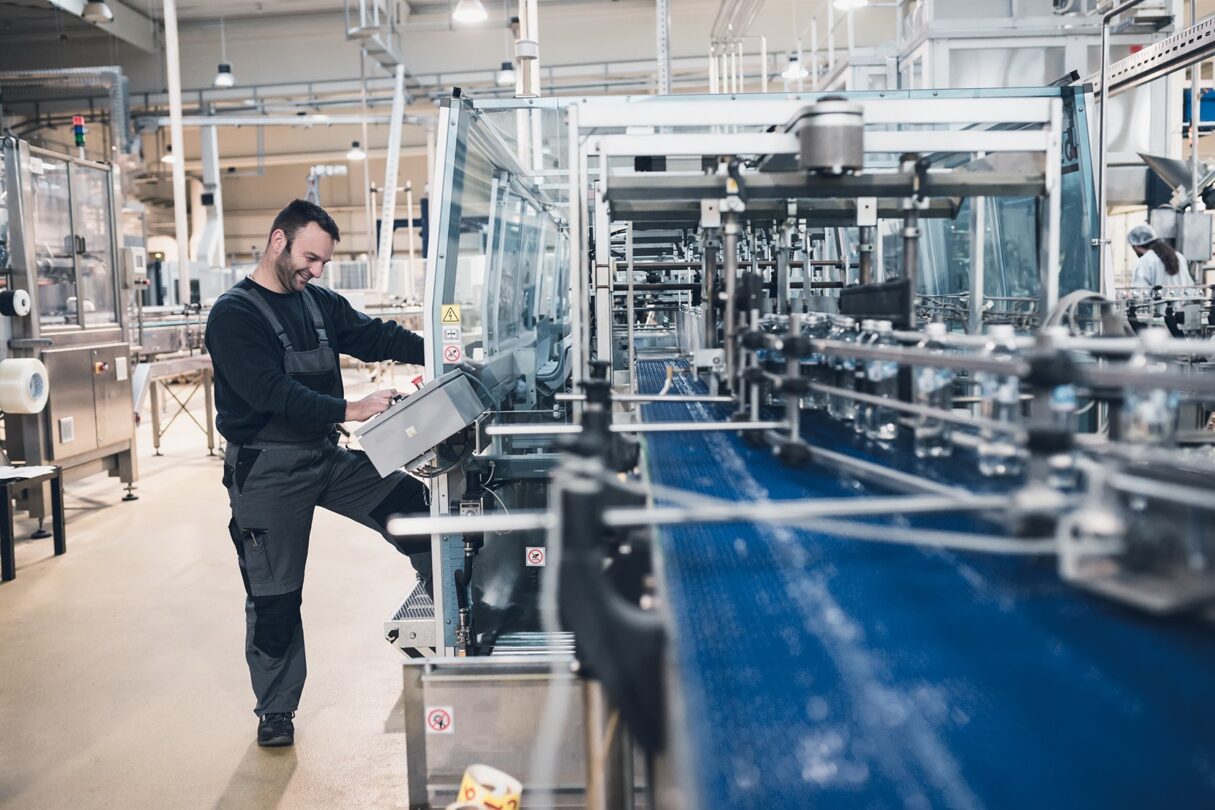2020 is a year no one is likely to forget.
Manufacturing professionals are familiar with supply chain and production disruptions, but no one could have predicted the challenges of a global pandemic. Perhaps more than ever, the industry has been pushed to embrace new standards in every aspect of manufacturing.
So, what developments should manufacturers look to adopt to make themselves more agile in an ever-changing environment?
Mike Edgett, the U.S. product marketing director for the medium segment at Sage, recently spoke with several industry media on three trends accelerated by 2020 and illustrated the tactics manufacturers need to seize now to stay ahead of the curve.
Here is a summary of his insights.
Trend 1: The push for sustainable practices
Because of the far-reaching economic effects of the pandemic, consumers are educating themselves more on the impact of supply chains on the environment. Eco-friendly practices are now a forefront buying decision, especially for younger consumers.
Edgett tells the Retail and Hospitality Hub that early adopters of eco-friendly supply chain techniques and visibility will be viewed as industry leaders in this field. As a result, manufacturers need to examine their practices to best meet consumer demands.
Sustainable practices, Edgett tells Industry Today, begin when manufacturers “define relevant areas such as potential raw material shortage or environmental concert and analyze their current systems, reworking to set achievable goals.”
According to a market report by Sage and IDC, the top three sustainability efforts focus on product recycling, low/no-emission internal logistics, and low/no-emission internal supply chain.
Edgett stresses that now is the time for manufacturers to act and make investments that will give them a competitive advantage in sustainable practices post-COVID. There are two guiding principles manufacturers should take on as part of this process:
- Go above and beyond existing regulations. Manufacturers need to move past a pass/fail regulation criterion and become ever-evolving organizations that strive for excellence. Not only will this give companies a competitive advantage, but it also means they won’t be caught off guard by future expansions in environmental regulations.
- Be transparent and take on corporate accountability. Traceability is key here. It increases internal visibility to spot disruptions or potential issues and external visibility to raise accountability. This transparency will only help earn the consumer’s trust and loyalty.
Trend 2: Investing in the right technology to increase operational efficiency
According to the Sage and IDC market report, ensuring supply chain optimization includes modernizing and updating IT-related operations and infrastructure, improving traceability and predictability, and reducing cost through waste elimination. Additionally, 64% of distributors, specifically supply chain and ecosystem-focused distributors, are choosing operational excellence as the number one priority for their digital transformation vision.
Companies look to compensate for operational shortfalls by investing in ERP systems, but outdated systems add technical debt that sets manufacturers back. Lack of data visibility in these systems leads to time wasted looking at past data rather than current numbers.
Modern, integrated systems offer seamless communication across supply chains and promote asset maintenance to reduce material consumption and waste. This real-time data accessibility ultimately enhances services and value delivered to the customer.
Additionally, Edgett tells ERP News, ERP solutions that leverage the Industrial Internet of Things (IIoT) provide a “holistic view of the operation, monitor how the product was packed, where the product is on the delivery truck, even what temperature the product is being stored in.”
Particularly for F&B manufacturers, using technology to monitor operations has always been a critical piece of production. But with changing demands and expectations, outdated ERP systems can be a hindrance for businesses to adapt to the new normal. Manufacturing companies must pivot to meet changing demands to reach the goal of operational excellence—leveraging IIoT will only get them there faster.
Trend 3: Expanded worker safety practices
COVID-19 has put expanded precautions and worker safety practices at the forefront of importance for manufacturers. While safety has always been a priority, the need for social distancing, expanded use of PPE, and sterilization has changed expectations.
In many ways, the need to have fewer employees physically present in facilities has forced manufacturers to accelerate their digital transformation plans, including investments in AI and RPA, Edgett tells Food Manufacturing.
Companies are strategically looking at their floor plans to allow for social distancing, hiring third-party cleaning crews to sanitize locations, experimenting with UV sterilization of air flow, and even turning to robotics to help clean while workers are off duty. The use of AI and RPA to aid with these safety measures helps manufacturers keep costs down while still meeting and exceeding regulations that are sure to stick around for years to come.
In conclusion
As the manufacturing industry faces an unknown new normal after the pandemic, the initiatives businesses take on now will only help them become more safe, efficient, and sustainable in the future—changes that will win over loyalty and ensure business success.
